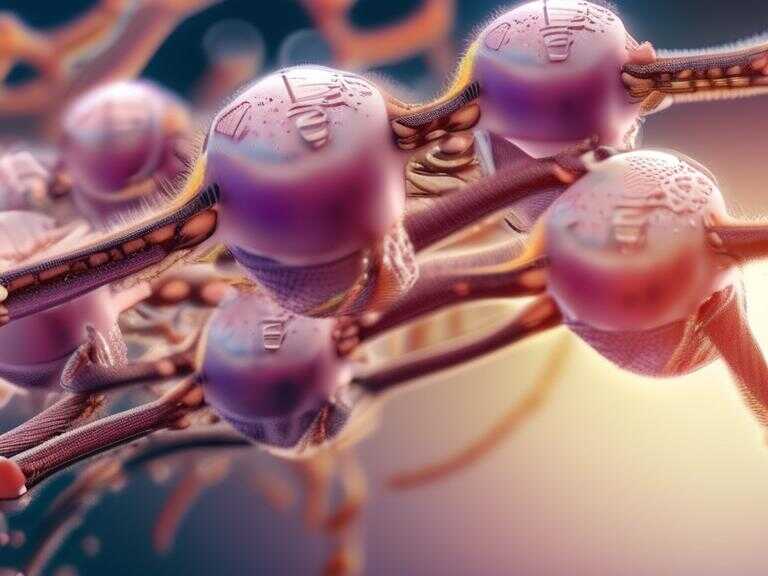
New Study: One-Hour Glucose Test Predicts Diabetes Years Before Diagnosis
Early insulin resistance precedes diabetes diagnosis, with one-hour glucose levels during an OGTT being a better predictor of future disease progression than traditional measures.

While the traditional focus on prediabetes marks a crucial point in the progression towards Type 2 diabetes, emerging research suggests that significant changes occur long before these widely recognized thresholds are met. This silent threat of early insulin resistance can have profound implications for individuals' long-term health and underscores the importance of proactive healthcare strategies.
The Silent Threat of Early Insulin Resistance
A recent study from The University of Texas at San Antonio Health Science Center sheds light on this critical issue, revealing that individuals can exhibit severe insulin resistance even before meeting the criteria for prediabetes. Dr. Ralph DeFronzo, professor of medicine and chief of the Diabetes Division at the Health Science Center, emphasizes that diabetes is a continuous disease, not a sudden onset condition. It gradually progresses over time, making it essential to recognize early warning signs.
The American Diabetes Association (ADA) currently defines diabetes based on specific criteria, including fasting glucose levels, two-hour glucose during an oral glucose tolerance test (OGTT), and hemoglobin A1c. Prediabetes is similarly defined using slightly lower thresholds. However, these measures have limitations in identifying all at-risk individuals before the disease progresses.
The study by Dr. DeFronzo's team, in collaboration with the Dasman Diabetes Institute in Kuwait, investigated individuals with normal glucose tolerance according to ADA standards. Their findings revealed that one-hour glucose levels during an OGTT are far more effective in predicting future disease than traditional two-hour glucose tests. Individuals with values between 120 and 155 mg/dL were identified as likely to develop prediabetes and eventually Type 2 diabetes years before standard criteria would detect them.
The Importance of Early Detection
The ability to identify insulin resistance early through advanced measures like the one-hour glucose test opens up new possibilities for intervention. Dr. DeFronzo advocates for screening high-risk patients, particularly those with family histories of diabetes or early cardiovascular disease, long before they develop Type 2 diabetes.
While current guidelines do not recommend routine treatment for prediabetes, advancements in medication offer promising solutions. Pioglitazone, an insulin sensitizer, has proven to significantly reduce the progression from prediabetes to diabetes. Newer GLP-1 receptor agonists and dual agonists like semaglutide and tirzepatide demonstrate even greater efficacy in cutting Type 2 diabetes progression rates.
Early intervention is key to mitigating the long-term consequences of insulin resistance, which can lead to a range of complications including heart failure, atherosclerosis, liver disease, and kidney disease. By shifting towards earlier detection and treatment strategies, healthcare providers can empower individuals to take control of their health and prevent the onset of severe complications.
The findings from this study call for a paradigm shift in diabetes management, emphasizing the need for increased awareness about early insulin resistance and its implications. Through continued research, patient education, and off-label prescribing by specialists, the healthcare community can work towards a future where Early Detection and Early intervention is key in preventing and managing Type 2 diabetes.
Share news















